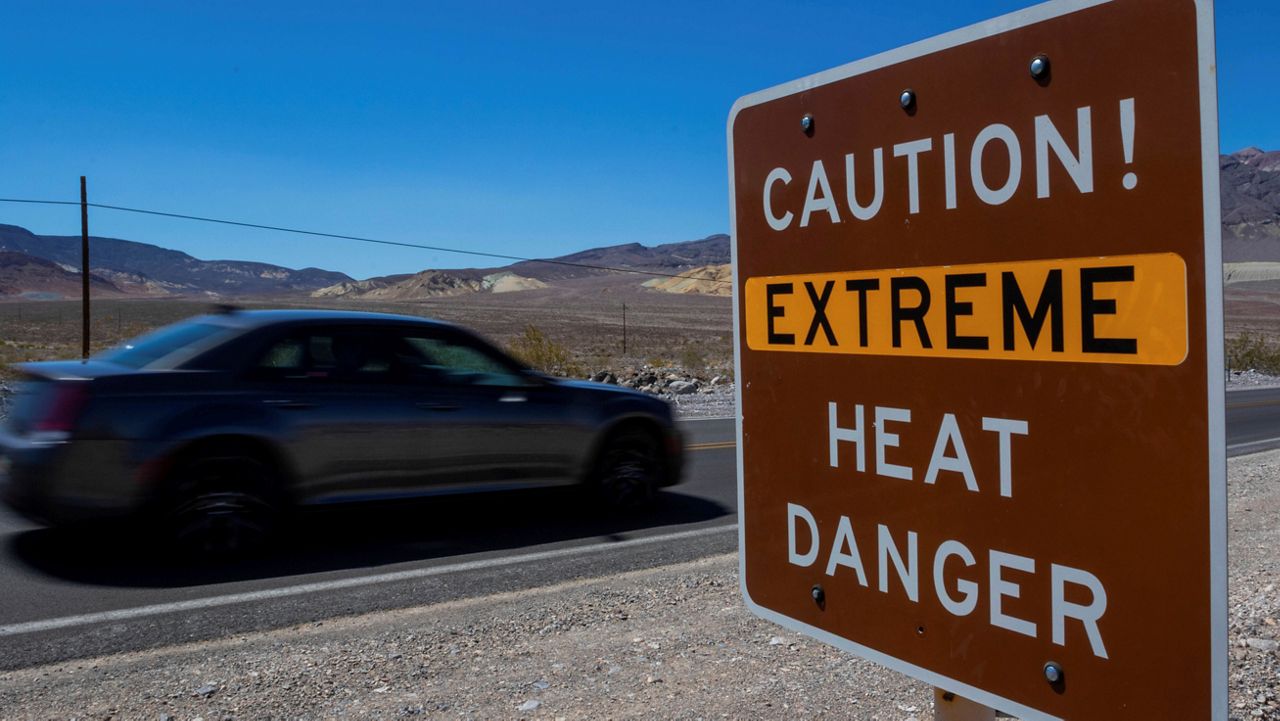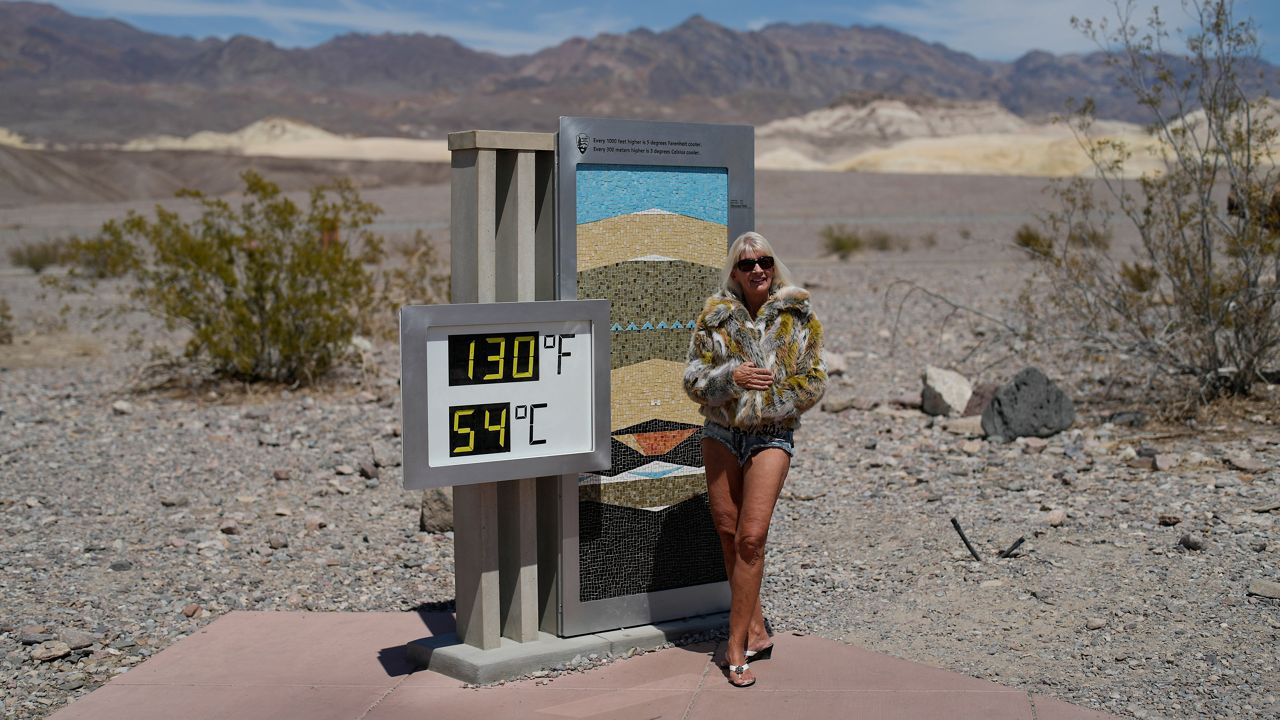Death Valley is one of the hottest places on Earth, but that doesn’t stop people from visiting.
Despite its scorching temperatures, this valley received its name during the colder months.
In the winter of 1849 to 1850, a group of pioneers became lost here.
One person in the group died, and the rest assumed they would follow the same path. However, they eventually made it out, and one man gave it the name “Death Valley” as they left.
The weather is so extreme here because rain rarely reaches the desert since storms must pass through mountains first, dropping all the rain there.
And since the valley sits 282 feet below sea level, hot air gets trapped in the valley, unable to cool efficiently.
Summer temperatures easily reach into the 120s.
But there was one year that got even hotter than that. On July 10, 1913, the high peaked at 134 degrees, becoming the highest temperature ever recorded in the world.

Regardless of the extreme heat and warnings this summer, many people have been traveling to Death Valley to hike.
Reasons can range from wanting to see its beautiful sights to being tempted by the extreme heat itself.
Unfortunately, not everyone can handle the heat. Dry heat can cause rapid dehydration as the sweat evaporates quickly, and heat-related illnesses can sneak up on people.
When hiking in extreme heat, it’s always best to prepare. Bring enough water and food, wear lightweight and light-colored clothing and listen to your body if you feel heat-related symptoms.
Our team of meteorologists dives deep into the science of weather and breaks down timely weather data and information. To view more weather and climate stories, check out our weather blogs section.



